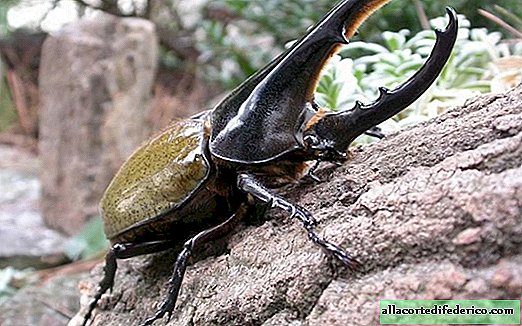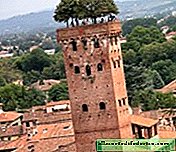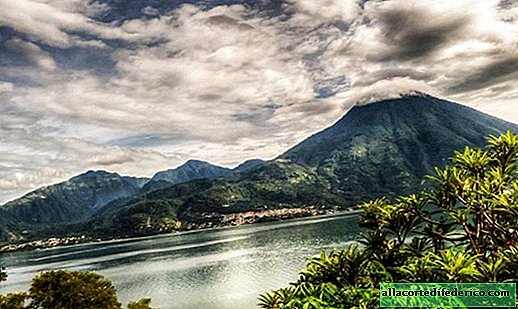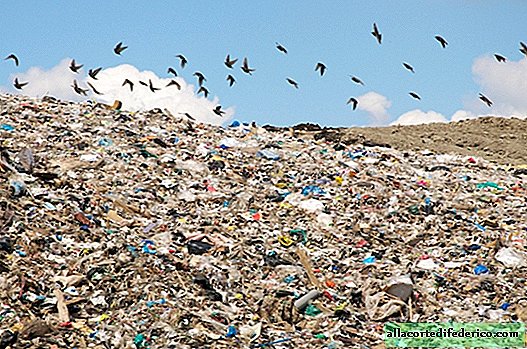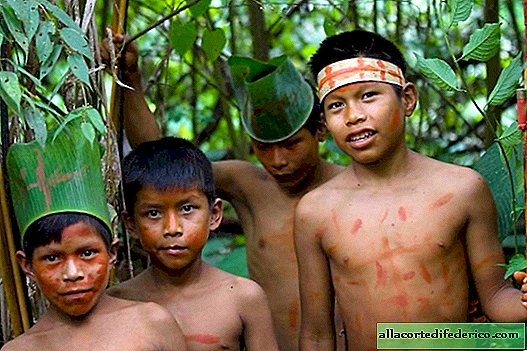How Orange Peel Help Reforest Costa Rica
Sometimes random actions lead to very unexpected results. Who would have thought that the thousands of tons of orange peel and pulp dumped on the wasteland of Costa Rica National Park in 20 years will turn this place into a lush tropical jungle? Perhaps this accident will open up enormous opportunities for waste recycling and restoration of ancient tropical forests.
Orange mood
Everything happened by chance.
During the 1990s, as part of a deal made by Del Oro, a producer of orange juice, 1,000 trucks transported 12,000 tons of peel and pulp of oranges to the northern border of Costa Rica's national park called Guanacaste. 140 species of mammals, more than 300 species of birds, about 100 species of amphibians and reptiles, more than 10,000 species of insects live in Guanacaste.
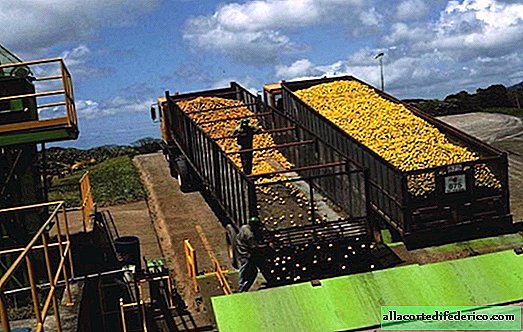
After 20 years, the site, which has become a “cemetery” for the peel, and the neighboring site, separated from it by a dirt path, represent two completely different ecosystems. On the one hand, this is a field with several dry trees here and there. And on the other - overgrown jungle, which you can pass through only with the use of a machete. Researchers who have noticed such changes have admitted that this spectacle "made them brain."
New chance for rainforests
Scientists have long been concerned about the impact of food production on climate change. Therefore, they are developing new ways to use food waste that would otherwise end up in a landfill, where it will decompose into methane, a powerful greenhouse gas. The goal of these efforts is to create new products through waste, whether it is food, clothing, fertilizers for farms or - in this case - for the forest.

“One of the most surprising results of the study was the number, size and variety of trees in the area onto which the orange peel was dropped. Scientists expected that mainly fertilizers grew trees like Cecropia, a new fast-growing species that often grows along roadsides. But it turned out that two of the most common types of the new rainforest belong to the old species that grew in the ancient forests, and one of the fig trees was so large that only three people could grasp the trunk ka.
At the same time, scientists still cannot understand how exactly the orange peel helped restore the forest. There is a version that it was a synergy between the suppression of invasive grass and the rejuvenation of highly degraded soils. This hypothesis is supported by the fact that both factors affect reforestation in other tropical regions.
Based on materials from Popsci.com


